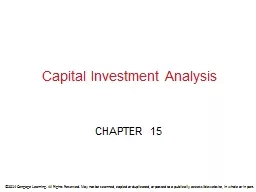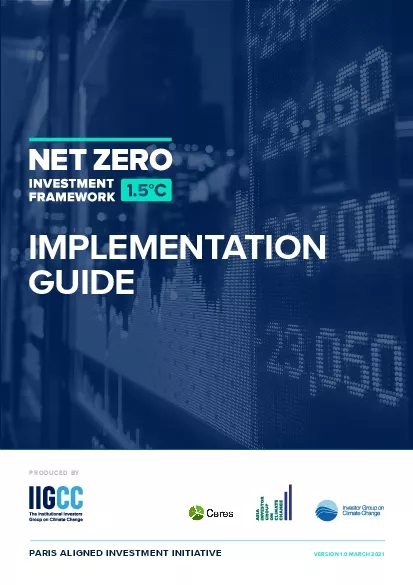PPT-CH 9 NET PRESENT VALUE AND OTHER INVESTMENT CRETERIA
Author : cecilia | Published Date : 2023-11-06
The goal of financial management is to maximize the value of stockholders Capital Budgeting has to answer question What long term investments the firm should
Presentation Embed Code
Download Presentation
Download Presentation The PPT/PDF document "CH 9 NET PRESENT VALUE AND OTHER INVESTM..." is the property of its rightful owner. Permission is granted to download and print the materials on this website for personal, non-commercial use only, and to display it on your personal computer provided you do not modify the materials and that you retain all copyright notices contained in the materials. By downloading content from our website, you accept the terms of this agreement.
CH 9 NET PRESENT VALUE AND OTHER INVESTMENT CRETERIA: Transcript
Download Rules Of Document
"CH 9 NET PRESENT VALUE AND OTHER INVESTMENT CRETERIA"The content belongs to its owner. You may download and print it for personal use, without modification, and keep all copyright notices. By downloading, you agree to these terms.
Related Documents














